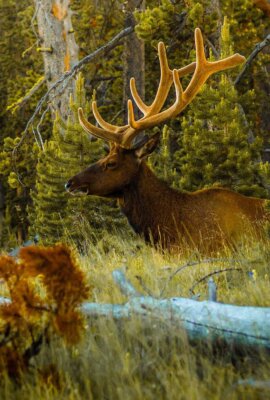Your full Wanderlust guide to
Namibia

Namibia is vast – yet, at times, it seems as if nobody else is there. This huge nation in southern Africa has sweeping desert, deep canyons and 1,572km of coastline, but only a tiny population to fill it all. You can travel for miles without seeing a single person, but you may glimpse long-horned oryx amid the dunes, springbok sprinting by the roadside and baboons on the kerb.
Namibia is a spectacular conservation success story – it has the world’s largest population of cheetahs and free-roaming black rhinos, and growing numbers of lions. While the famed pans of Etosha National Park are a good bet for wildlife spotting, and accommodate self-drive safaris around its waterholes to spot lion, giraffe, elephant and more, most of the wildlife lies outside the park system and in community conservancies. Such has been the success of these conservancies that rhinos have been translocated out of the national parks and placed in the safekeeping of the communities.
But there’s more to Namibia than wildlife: float above the ancient Namib desert in a hot air balloon, careen down its dunes on a sandboard, visit the ghost town of Kolmanskop or visit community-run ‘Living Museums’ where the traditions, cultures and crafts of the country’s Indigenous Peoples are kept alive in remote rural communities who profit directly from your visit.
You can’t miss

Wanderlust recommends
- Climb the dunes and search for oryx amid the mighty dunes of Sossusvlei, in the Namib Desert
- Trek with mules into the twisting Fish River Canyon, the world’s second-biggest gorge
- Head out into the wilderness with Namibia’s Kalahari Bushmen
- Drive Namibia’s highlights – plan a circuit to take in Namibia’s best bits, including Etosha National Park, whale-watching off Swakopmund and the desert elephants of Damaraland
- Walk with wildlife in little-known Mundulea Wildlife Reserve
- Explore the German colonial town of Lüderitz and nearby Kolmanskop, an eerily deserted diamond-mining ghost town
When to go
Summer temperatures are high in Namibia, often exceeding 30°C; Namibia is especially hot and humid from December to February. During the Namibian winter, between the months of March and October, days remain warm but nights are cold; this is a pleasant time to visit so long as you bring bring layers for the evening.
Winter is also an ideal time to visit Namibia’s Etosha National Park – low rainfall means animals are easily spotted congregating around waterholes. Namibia’s capital, Windhoek, hosts its own Oktoberfest beer festival in October.
International airports
Windhoek Hosea Kutako International (WDH) lies 45km from Windhoek.
Getting around
Public transport is limited in Namibia. Trains are mostly for freight, buses are slow and don’t necessarily go to the spots popular with travellers. Namibia has a network of internal flights, which are helpful and pretty efficient for long journeys if you are short on time.
By far the best way to explore Namibia is to hire a car. In the main, Namibia’s roads are good – a few are tarmacked, most are packed gravel; unless you are going off the beaten track, a 2WD is sufficient. For any off-road desert explorations you must have a 4WD, and know how to drive it. Bear in mind that distances in Namibia are vast and petrol stations sparse – when you see one, fill up.
Accommodation
There is a wide range of accommodation in Namibia – you can pay peanuts to camp in the wilderness, several hundred dollars a night for the lap of luxury or somewhere in between for a government restcamp. Many farms offer a few guest rooms, too.
Health & safety
No specific jabs are required for Namibia, but a certificate proving vaccination from yellow fever is needed if you are arriving from an area where the disease is widespread.
The biggest danger comes from the sun, which remains strong throughout the year. Drink plenty of water and take a high-factor sunscreen.
The towns and cities are generally pretty safe, so long as you take the usual precautions.
















